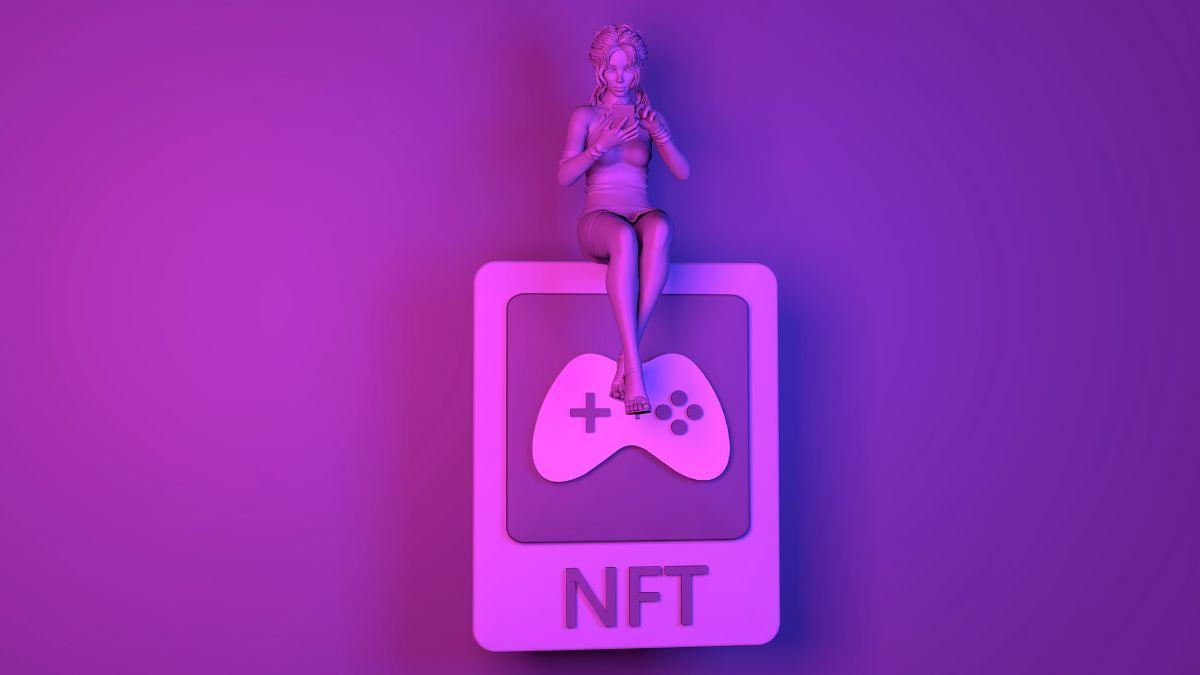
In recent years, NFTs have made waves across various industries, transforming how we view and engage with digital assets. From art and collectibles to virtual real estate, Non-Fungible Tokens have emerged as a revolutionary technology due to their unique characteristics and capabilities. This article delves into how NFTs could potentially revolutionize your consumption patterns in different domains.
The Concept of NFTs: A Deeper Dive
Non-Fungible Tokens, abbreviated as NFTs, are unique digital tokens verified using blockchain technology. Unlike cryptocurrencies such as Bitcoin or Ethereum, which are fungible assets, NFTs are distinct and cannot be exchanged on a one-to-one basis. Each NFT holds unique information that makes it different from another, hence its non-fungibility.
Visit getoriginal.com for more insights on the concepts and utilities of these innovative digital tokens.
How Blockchain Ensures Authenticity
The underlying technology behind NFTs is the blockchain. It acts as a decentralized ledger that records transactions in a secure, transparent, and immutable manner. When an NFT is created (also known as “minted”), its details are recorded on a blockchain, ensuring its authenticity and originality.
- Permanency: Once data is added to the blockchain, it’s nearly impossible to alter it.
- Transparency: All transactions are visible to anyone with internet access, adding an extra layer of trust.
- Security: Advanced cryptographic techniques protect the integrity of the data.
This level of security and transparency provides significant advantages when verifying the ownership and originality of digital items.
Digital Scarcity: Why it Matters
Another fascinating aspect of NFTs is digital scarcity. Even though digital files can usually be copied ad infinitum, NFTs introduce the concept of scarcity into the digital realm. By limiting the number of copies or editions of digital assets, creators can imbue their work with both rarity and value.
- Art pieces can be sold as limited edition series.
- Virtual real estate parcels can have defined boundaries and exclusive ownership rights.
- Digital collectibles like trading cards or game items can have finite supplies.
Digital scarcity allows collectors and buyers to own something truly unique and valuable.
Revolutionizing the Art World
The art market has been one of the most impacted sectors by the advent of NFTs. Artists now have unprecedented control over how their work is distributed and monetized.
Selling Digital Artworks
NFTs have created new avenues for artists to sell their digital works directly to collectors without traditional intermediaries. This democratization of the art market means emerging artists can gain exposure and financial reward without relying on galleries or auction houses.
For instance, digital artist Beeple made headlines by selling an NFT artwork for $69 million, highlighting the enormous potential of this new platform.
Royalties and Resale Benefits
One groundbreaking feature of NFTs is the ability to include smart contracts that ensure royalties are paid to the original creator each time the token is resold. This fundamentally changes the economic model of the art world, allowing artists to benefit from the increasing value of their work over time.
Traditional art sales often lead to a situation where the original artist does not benefit from subsequent increases in the piece’s value. NFTs provide a solution to this issue by embedding royalty agreements directly into the token.

Changing the Landscape of Virtual Goods and Gaming
The gaming industry is another domain where NFTs have begun to make a profound impact. Digital assets in games, such as skins, weapons, or entire in-game properties, can be tokenized and traded as NFTs.
True Ownership for Gamers
Traditionally, in-game items are owned by the companies that develop and operate the games. With NFTs, gamers gain true ownership of their assets. They can trade, sell, or use these items across different games within the same ecosystem, making them tangible investments rather than mere entertainment expenses.
This shift towards true ownership offers new ways for players to earn money within gaming environments, blurring the lines between gaming and real-world economies.
Interoperability Between Games
Another exciting development is the interoperability facilitated by NFTs. Items or characters acquired in one game may be used in another, provided they are part of the same ecosystem. This opens up endless possibilities for enhanced user experiences and cross-title collaborations.
- A sword obtained in one fantasy game could be wielded in another.
- Special character skins could transfer between different environments.
- Game achievements might be recognized across multiple platforms.
Collectibles and Alternative Investments
NFTs offer novel opportunities for collectors and investors looking for unique forms of value storage and capital growth.
Diverse Range of Collections
NFTs encompass a wide array of collectible categories:
- Digital trading cards featuring sports figures, celebrities, or fictional characters.
- Virtual pets and interactive online avatars.
- Limited edition music albums or video releases.
These collectibles can appreciate in value, much like traditional assets, and offer fans a closer connection to their interests.
Alternative Investment Opportunities
Investors are starting to recognize the potential of NFTs as a source of alternative investments. As more unique, high-value NFTs enter the marketplace, they represent lucrative opportunities for those who understand and navigate this emerging field.
While risks are inherent given the newness of the market, informed investors who conduct thorough research stand to gain significantly. The unique nature of each NFT means portfolios can become highly diversified.
